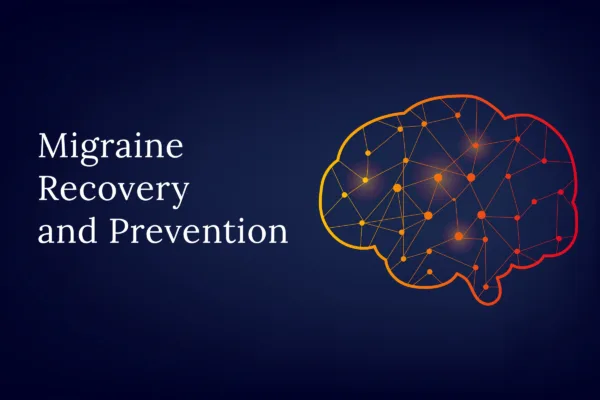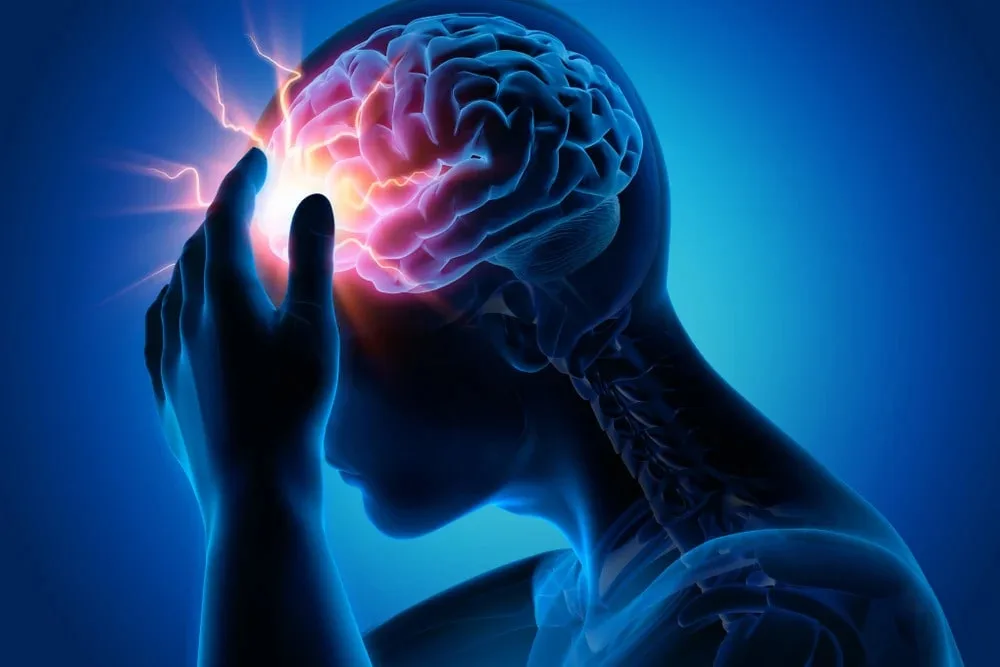Migraines, particularly chronic migraines, can significantly disrupt daily life for those affected. The experience of a migraine ranges from mildly uncomfortable to completely debilitating, often leading to missed workdays, social isolation, and a general decline in quality of life. These painful episodes can be triggered by a variety of factors, including stress, hormonal changes, dietary habits, inadequate hydration, sleep disturbances, and environmental influences.
As a result, finding effective ways to manage migraines is crucial for many individuals. One promising method is biofeedback therapy, a non-invasive treatment that offers a unique approach to understanding and managing these headaches. This article will delve into what biofeedback therapy entails, how it functions, and its potential benefits for migraine sufferers.
What is Biofeedback Therapy?
Biofeedback therapy is a therapeutic technique aimed at helping individuals gain control over involuntary bodily functions. These functions include heart rate, breathing patterns, blood pressure, and muscle tension, which can all influence physical and mental well-being. The primary goal of biofeedback therapy is to teach individuals how to become more aware of their physiological responses to various stimuli and to enable them to modify these responses in ways that alleviate stress, pain, and anxiety.
Through biofeedback technology, patients can visualize their body’s internal reactions to different triggers, which fosters greater self-awareness. During guided sessions with a trained professional, patients can learn techniques to manage their physiological responses effectively, ultimately reducing the adverse effects that might accompany stress or migraine triggers.
Biofeedback therapy is versatile and can be utilized to treat a range of conditions, including:
- Urinary incontinence
- Migraines and headaches
- ADHD (Attention Deficit Hyperactivity Disorder)
- Anxiety
- Chronic pain
- Epilepsy
- Constipation
- Motion sickness
How Does It Work?
Biofeedback therapy comprises several techniques, each monitoring different physiological functions. Some of the common types include:
- Electromyographic (EMG) Biofeedback: This monitors muscle activity, helping individuals understand how tension in their muscles can affect pain levels.
- Temperature Biofeedback: This technique tracks skin temperature, which can indicate changes in blood flow and stress levels.
- Galvanic Skin Response (GSR) Biofeedback: This measures skin conductance, reflecting stress and emotional responses.
- Respiration Biofeedback: This monitors breathing patterns, teaching individuals how to control their breath to reduce anxiety.
- Heart Rate Variability (HRV) Biofeedback: This technique assesses heart rate fluctuations, providing insights into the body’s stress response.
- Electroencephalographic (EEG) Biofeedback: Often referred to as neurofeedback, this monitors brain activity, helping individuals gain control over their mental states.
These biofeedback techniques use sensors and electrodes strategically placed on the body to capture real-time data on various physiological activities. This data is then fed into equipment that provides immediate feedback, allowing individuals to visualize how their bodies respond to different relaxation techniques or stressors. Over time, through consistent practice and multiple sessions, individuals can learn to monitor their symptoms and develop strategies to manage them more effectively in everyday life.
How Does It Help Migraines?
Biofeedback therapy can be especially beneficial for those suffering from debilitating migraines. By utilizing biofeedback devices, patients can observe in real-time how their heart rate, muscle tension, body temperature, and brain activity change in response to migraine triggers. This heightened awareness allows individuals to understand their body’s signals better.
As patients practice guided relaxation techniques during sessions, they learn how to manage their physiological responses when they sense a migraine approaching. This process enhances their ability to cope with the onset of a migraine, potentially reducing the severity or duration of the episode. Importantly, this can be achieved without relying on medication or invasive treatments.
What Are the Benefits of Biofeedback Therapy?
The benefits of biofeedback therapy are numerous:
- Relaxation: A core aim of biofeedback is to promote relaxation. The techniques taught in therapy can help alleviate stress, anxiety, and pain, which are often linked to migraine triggers.
- Self-Regulation and Awareness: The limited control we have over involuntary physiological responses can lead to frustration and heightened pain. Biofeedback therapy empowers patients to monitor and regulate their bodily functions, fostering a sense of control over their health.
- Improved Quality of Life: Chronic migraines can severely limit an individual’s ability to enjoy life. By utilizing biofeedback to manage and reduce symptoms, patients may find they can return to activities and experiences they once enjoyed.
What Are the Limitations of Biofeedback Therapy?
While biofeedback therapy is a safe and non-invasive treatment option, it does come with some limitations. Regular practice is essential for effective symptom reduction; inconsistent application of the techniques may prolong the time it takes to see improvement. Patients might require more extensive training if they do not practice relaxation techniques frequently. Adhering to the recommendations provided by trained professionals is critical to achieving the best outcomes.
Conclusion
Biofeedback therapy presents a valuable approach to managing migraines, particularly for those seeking alternatives to pharmacological interventions. By fostering relaxation, reducing muscle tension, and enhancing self-regulation, biofeedback empowers patients to take an active role in their migraine management. As healthcare continues to evolve, integrating biofeedback into comprehensive migraine treatment plans could greatly enhance the quality of care for patients, ultimately improving their overall well-being and quality of life.
Resources
- Armine Zarayelyan. (2024, January 23). Biofeedback for Migraines. How to choose. BIOFEEDBACK NEUROFEEDBACK THERAPY. https://biofeedback-neurofeedback-therapy.com/biofeedback-for-migraines/
- Biofeedback Information | Mount Sinai – New York. (n.d.). Mount Sinai Health System. https://www.mountsinai.org/health-library/treatment/biofeedback
- Frank, D. L., Khorshid, L., Kiffer, J. F., Moravec, C. S., & McKee, M. G. (2010). Biofeedback in medicine: who, when, why and how?. Mental health in family medicine, 7(2), 85–91.


















